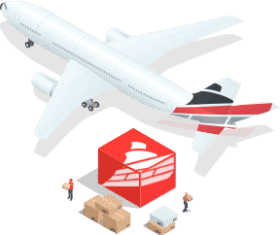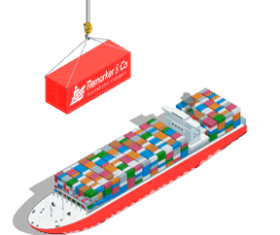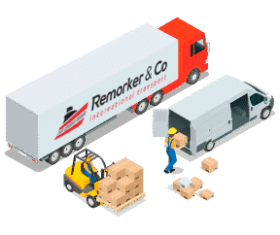The need to better understand the effect of peak season on supply chain processes and technology remains paramount for freight management parties and resellers. As the world prepares for the upcoming peak season, uncertainty remains the one constant. Furthermore, supply chain and logistics providers around the globe are gearing up for an unprecedented strain on logistics resources and the uncertainty that accompanies all election-year peak season strategies. As a result, supply chain professionals need to understand the top trends driving interest in new peak technologies and how they will define success or failure for the remainder of the year and into 2021.
Supply Chains Mandate More Flexibility
The supply chain coronavirus pandemic revealed major inconsistencies and problems with sourcing strategies that follow a single supplier or distribution model. Unfortunately, economic shutdowns surrounding the pandemic resulted in the complete disruption to whole supply chains, and as a result, companies are working to create a new strategy that offers limitless flexibility. For example, DHL has retuned its strategy, “providing an environment of ‘All Business. No Boundaries’ for our customers. Our people are at the forefront of that commitment. With 7,000 additional associates, we are making investments ahead of the curve in anticipation of a strong peak, and also providing welcome support to our existing workforce, which has worked so tirelessly throughout 2020.” In other words, the ability to flex to meet new changes within the supply chain network will be essential to adopting new systems and capabilities to handle changing supply chain processes.
Warehousing Remains Tight
While the pandemic created a strain on available logistics resources and did result in some out-of-stock SKUs, more retailers are experiencing challenges in handling warehouse inventory. Warehousing capacity remains relatively tight. This is especially true as retailers and suppliers look to gear up production in anticipation of the coming peak season. Fortunately, new peak technologies, including the use of robots and autonomous functions to guide order routing, will have a greater role to serve this year. Moreover, the ability to leverage all existing supply chain space, including brick-and-mortar retail locations, will have an impact in the adoption of new peak technologies too.
Brick-and-Mortar Fulfillment Needs Peak Technologies That Integrate With Everything
Customers continue to ramp up their demands for e-commerce purchases, as well as making purchases for curbside pickup and delivery. In fact, according to the Wall Street Journal, “consumers spent a record $73.2 billion online in June, up 76% from June 2019, according to Adobe Analytics, which tracks activity on thousands of websites. Online shopping is now above typical holiday levels, Adobe said.
The surge of online orders is boosting warehouse demand, especially for locations near major population centers, as companies adjust supply chains in which goods flowed mostly to stores.
E-commerce was the largest driver of second-quarter industrial leasing activity, accounting for 31 million square feet, up from 24.9 million square feet the previous quarter, according to real-estate firm Jones Lang LaSalle Inc. Logistics and distribution users, the second-largest category in the second quarter, accounted for 15.3 million square feet, while leasing for traditional retail use came in fifth, at 11 million square feet.”
This massive jump indicates a need for seamless data sharing and transmission across all supply chain centers and facilities to ensure inventory is not overlooked and orders are fulfilled on time and without error.












